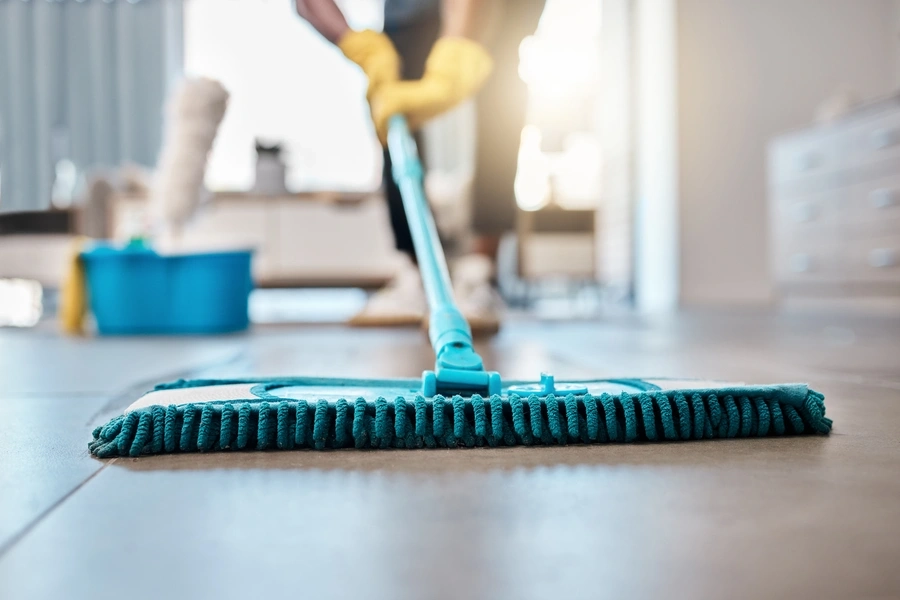The Role of Clean Floors in Ensuring a Healthy Work Environment
In any workplace, maintaining a safe and healthy environment is crucial for employee well-being and productivity. One often-overlooked aspect of this is the cleanliness of floors. Dirty or slippery floors can lead to accidents and health issues, affecting both morale and efficiency. Understanding how floor maintenance plays a role in workplace safety can help businesses create a safer space for their employees.

Reducing Accidents Through Regular Maintenance
A clean floor significantly decreases the risk of slips, trips, and falls. These accidents are among the most common workplace injuries. By implementing regular floor cleaning routines, businesses can ensure that debris, spills, and other hazards are promptly dealt with.
Improving Air Quality With Proper Cleaning Methods
Floor cleaning also impacts indoor air quality. Dust and allergens accumulated on floors can be stirred up by foot traffic, leading to respiratory problems. Using appropriate cleaning techniques helps minimize these airborne particles.

Benefits of a Well-Maintained Workplace
A hygienic workspace boosts employee morale and reduces absenteeism due to illness. Staff members are more likely to feel valued when they see their employer investing in a clean work environment. This investment translates into better performance and productivity.
- Lower accident rates
- Improved air quality
- Enhanced employee morale
Common Challenges in Maintaining Clean Floors
Despite its importance, keeping floors clean presents several challenges. High-traffic areas tend to accumulate dirt quickly, requiring frequent attention. Additionally, not all floor types can be cleaned using the same methods, making it essential to tailor cleaning practices based on material.
Solutions for Effective Floor Maintenance
Tackling these challenges requires strategic planning. Businesses should develop customized cleaning schedules based on traffic patterns and flooring materials. Hiring professional cleaning services ensures that floors receive expert care with specialized equipment.
- Assess the type of flooring in each area
- Create tailored cleaning schedules
- Use appropriate cleaning products and techniques
- Consider professional cleaning services for optimal results
Best Practices for Maintaining Workplace Flooring
Implementing best practices can enhance floor maintenance efforts. Use entrance mats to reduce dirt tracked indoors and educate staff about reporting spills immediately. Regular inspections can also prevent small issues from becoming major hazards.
- Use entrance mats at doorways
- Educate staff on spill management
- Conduct routine floor inspections
Adhering to Industry Standards for Workplace Safety
Compliance with industry standards and regulations is critical for ensuring workplace safety. OSHA provides guidelines on maintaining clean and dry floors to prevent accidents. Following these regulations not only ensures safety but also protects organizations from potential legal issues.
Evaluating Costs Associated With Floor Maintenance
The cost of maintaining clean floors may seem significant, but it’s an investment in long-term savings. Reduced injury rates mean fewer workers’ compensation claims and less downtime. Moreover, a clean work environment enhances company reputation, attracting both clients and top talent.
Your Next Steps Towards Safer Work Environments
Ensuring a safe workplace starts with recognizing the impact clean floors have on health and safety. By implementing the discussed strategies, companies can foster a healthier work environment. For more information or assistance, reach out to Green Path Janitorial at (818) 619-0142. Located in Burbank, CA, we specialize in helping businesses maintain impeccable workplace hygiene through expert guidance and service options.
